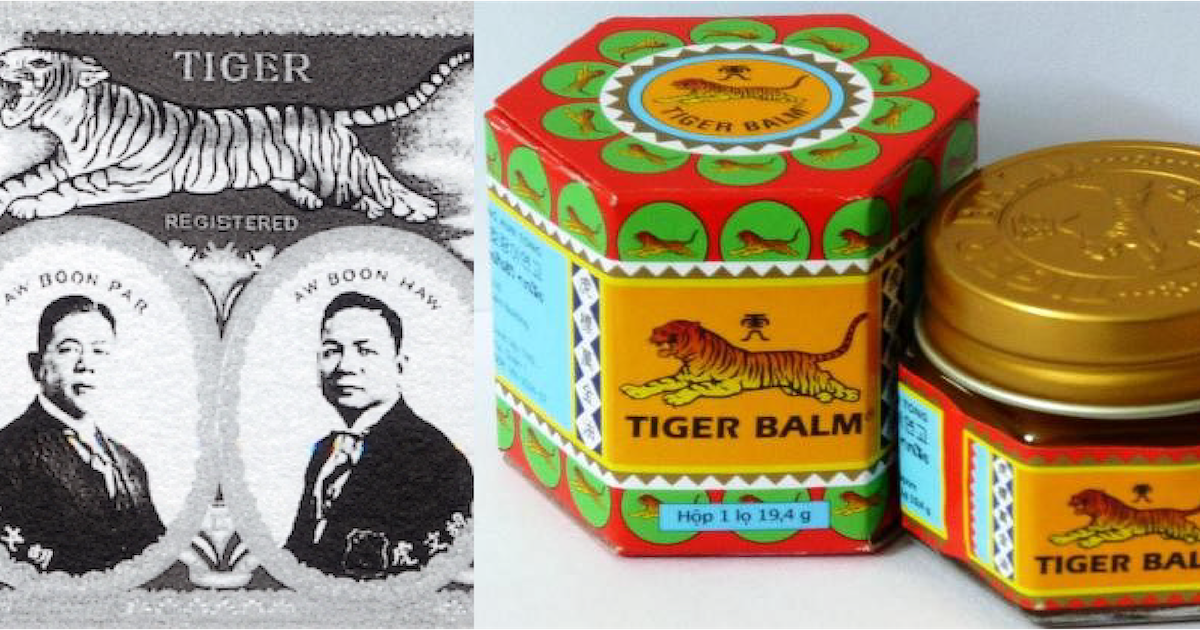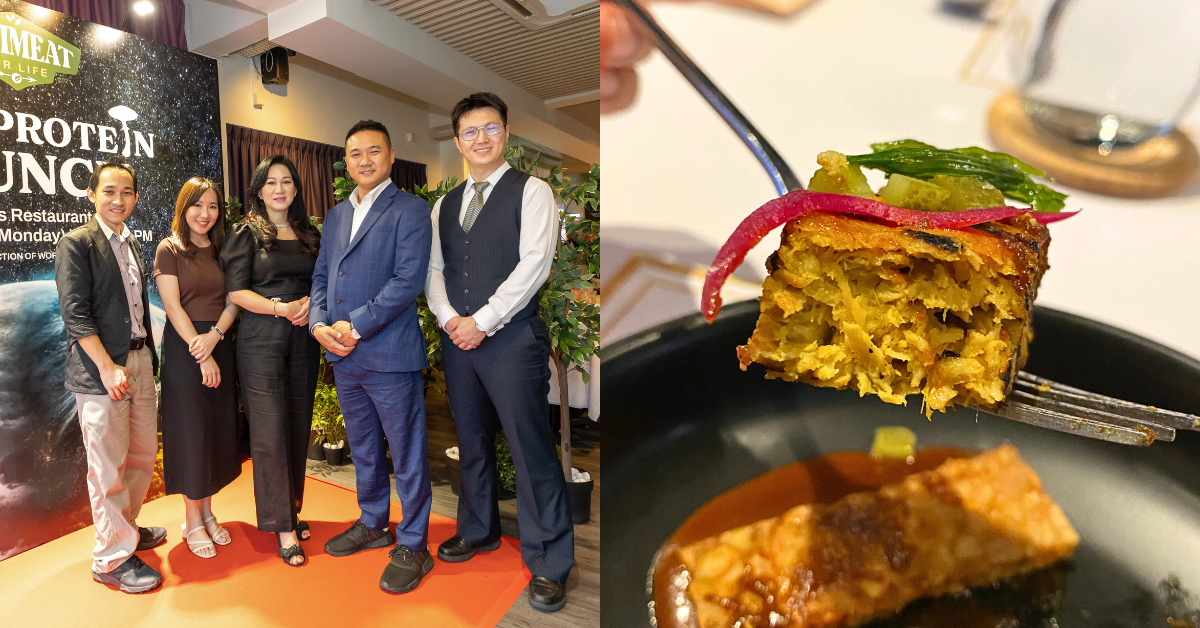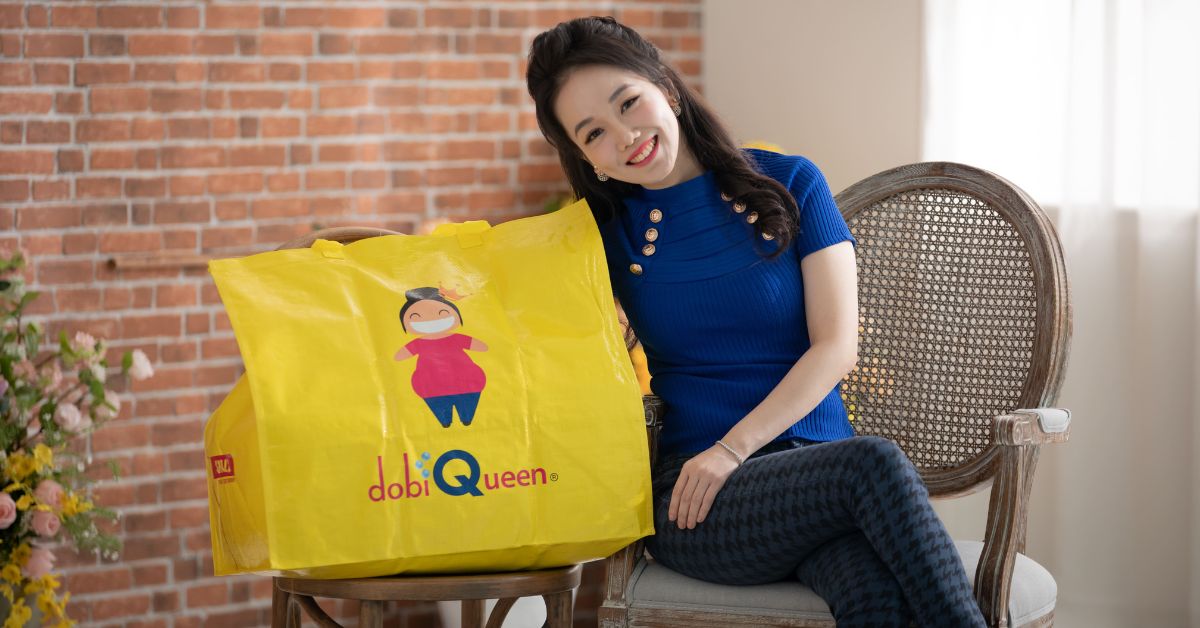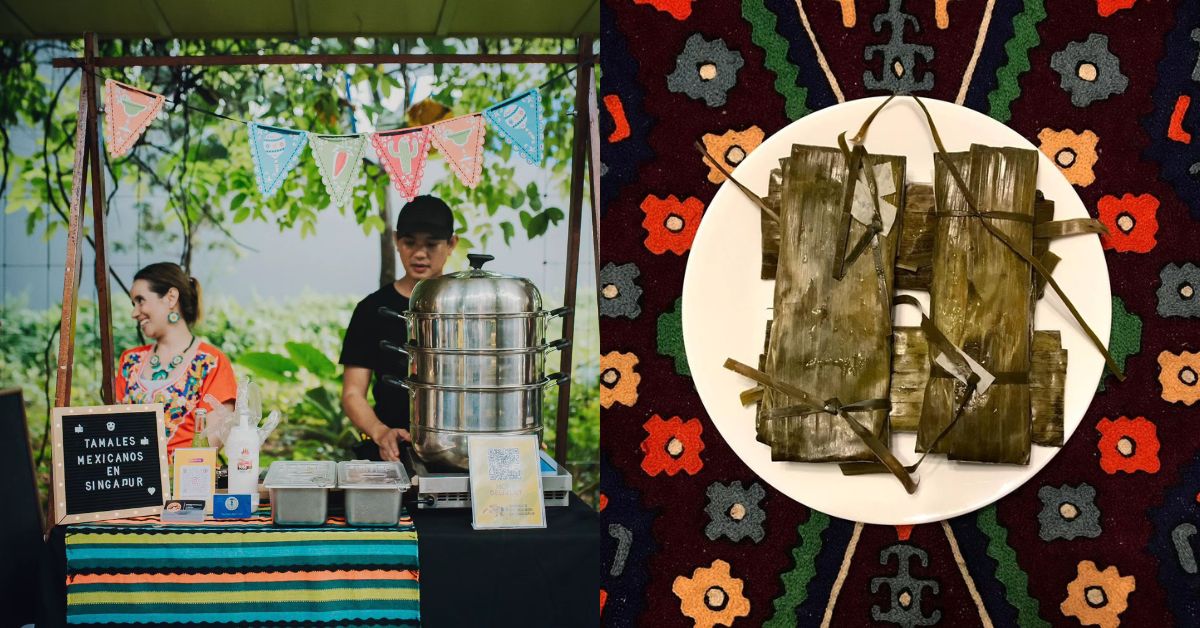The Tiger Balm name — and scent — has long had a presence in households all over the world.
The centenarian brand which started off in the ancient courts of Chinese emperors has since made its way across the globe and is present in almost 100 countries today.
From Norway to Egypt to Brazil and Mexico, the humble herbal ointment has developed a loyal band of followers.
The Haw Par Corporation, which owns Tiger Balm and other subsidiaries, is worth more than S$200 million today, and has over a hundred years of history.

It all began when a Chinese herbalist, Aw Chu Kin, left his job in the Emperor’s court to set up a medicine shop in the Burmese city of Rangoon.
In the late 1870s, the Hakka herbalist established his apothecary: Eng Aun Tong, or the Hall of Everlasting Peace. There, he made and sold his special concoction, an ointment that could relieve all kinds of aches and pains.
Chu Kin died in 1908, and left his business to his two sons Aw Boon Haw (“Gentle Tiger”) and Aw Boon Par (“Gentle Leopard”).
The duo honed and adapted the recipe left behind by their late father, and formulated the earliest version of Tiger Balm in 1924, which Boon Haw named after himself.
At that time, Boon Haw, who wasn’t even 40, became the richest Chinese in Rangoon. He sought to expand the brand’s influence, and set his sights on Singapore.
Beyond Ointment: From Theme Parks To Mansions
While Boon Par stayed on in Rangoon to manage the business, Boon Haw moved to Singapore to build his Tiger Balm empire.

He built a bigger and larger factory in Singapore along Neil Road, where production was 10 times greater than in Rangoon.
The enterprising tycoon was determined to gain influence. Besides his focus on Tiger Balm, he also donated generously to charities and schools and channeled his energy to diversification.
He founded newspapers in Singapore, Malaya (now Malaysia), and Hong Kong, as well as opened the Chung Khiaw Bank, which was later taken over by the United Overseas Bank.

Boon Par also built mansions with adjoining theme parks known as the Tiger Balm Gardens in Singapore, Hong Kong and Fujian. To get around his vast parks, he had a custom-made car with a “head fabricated like a tiger and a honk that roared”.

The Singapore park was later donated to the government, and is maintained as a historic site that we know of as Haw Par Villa today.
Rebuilding The Brand
After the passing of Boon Par in 1944 and Boon Haw in 1954, the Tiger Balm business endured a period of struggle.
The company went public on the stock exchange in 1969, but was taken over by British conglomerate Slater Walker not long after, in 1971.
According to Haw Par Corporation, Slater Walker was known for its “asset stripping activities”, and set out to divest the company’s business activities.
During this period of time, Tiger Balm was also licensed out for 20 years. Due to these circumstances, the brand was in shambles and had lost an entire generation of customers.

After this period of uncertainty, Haw Par was taken over by Singaporean banker Dr Wee Cho Yaw in 1981, who began the task of rebuilding the company.
The company also took back Tiger Balm, which had previously been franchised.
In the years after, Haw Par ventured into new businesses and partnerships, launched innovative new products, and drove sales of existing products.
For example, after the company realised some consumers did not like the smell or grease associated with the ointment, they developed a disposable plaster.
The company also expanded quickly into Western markets, which were previously uncharted grounds.
Endorsed By Celebrities All Over The World
Singaporean millennials might think of Tiger Balm as a “grandfather’s product”, but that cannot be further from the truth.
In fact, its demographic of users ranges from all ages, classes and ethnicities — so much so that it has even been embraced by Western celebrities miles away from its country of origin.

Hollywood celebrities like Lady Gaga and Gwyneth Paltrow have sung praises of Tiger Balm, with Lady Gaga tweeting that the ointment was a backstage “must-have”.
Doctor Strange actor Benedict Cumberbatch also reportedly used the ointment to sooth his muscles while filming scenes for the movie.
More recently, US Olympic gold medalist Christian Taylor and BMX rider Terry Adams have been signed up as brand ambassadors for Tiger Balm.
It’s clear to see that Haw Par Corporation has transformed over the years from a diversified conglomerate to a successful multi-national company.
Though so much has changed within the company, the proprietary orange colour, along with the hexagonal-shaped bottle has been preserved over a hundred years.
And of course Tiger Balm’s signature scent — once only known by Chinese communities in Asia, has now made waves around the world.
Featured Image Credit: Ink Stone News, Your Story








